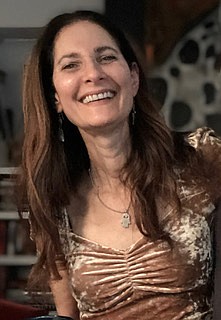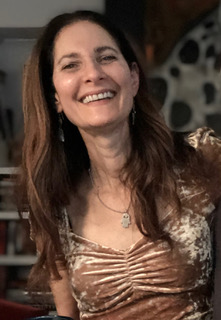It's kind of a funny story, really, if you overlook the whole cheating part. When I was in high school, I had to write a term paper on child development. Oh how I railed against this assignment! As I intended to never educate children, give birth to children or raise the children of others, it seemed a waste of time to explore how they were put together. For the record, I also railed against math, geography, history and lunch, but at least I could see the relevance of knowing how to count, knowing that it's prudent to avoid volcanoes, knowing the world was not dreamed into existence by my birth, and food.
But children? Who cared? Despite my protestations, I still had to do the assignment. This was a semester-long project that required I first conduct exhaustive research on psychologist Jean Piaget's four stages of cognitive development and write a paper explaining them to a teacher who, I suspected, probably already knew about them. I then had to find a child (a real child, mind you, not a theoretical child or an adult who used to be a child and remembered it like it was yesterday) and, over the course of 10 face-to-face interviews, explore the stage of development they were in and how that stage manifested intellectually and emotionally. My graduate-school experimental psychology class, in which I had to earn a B or better with no more aptitude for theoretical statistics than an infant in the preobject permanence stage of development, caused less angst.
Interestingly, I enjoyed researching the stages of development. Through my copious (some would say obsessive) reading and note-taking, there blossomed what can only be described as a love affair with psychological theory that would entrance me the rest of my life.
But there was still that uncomfortable sticking point: I had to find a real child (and again, this could not be something like a child manikin from Gap Kids, or a really short person) to talk to, interview at length, test, collect drawings from and come to Piaget-inspired conclusions about.
One day I was walking the mile between my house and my horse's stable when I saw a little girl named Stacey who lived with her family in a rancher set back off the road in what I remember as a dense forest but was really just a few trees and a lot of pine needles. Stacey liked to ride her bike up and down her long driveway, and I had actually spoken to her a few times in the past (though she was so young - probably 8 or 9 - that I had no idea whether she was actually capable of language or if she was just faking it). But her age did not matter; she had a pulse, therefore, she could be my research subject.
I no longer recall how I got permission from her mother to use Stacey for my science project, but I did. At our first meeting, I learned she was 6 years old, not 8 or 9, which put her firmly within the preoperational stage of cognitive development (in case you're interested, this is the stage when, according to Piaget, kids develop memory and imagination, can understand things symbolically and understand the concept of past and future. In case you aren't interested, never mind.)
I also found out, at that first meeting, where Stacey went to school, what grade she was in and what she liked to do besides ride her bike to the end of her driveway. (I can only imagine the expression on my face as I dug for these and other gripping personal details.)
This concluded the first interview. I walked home, tossed my notebook onto my bed and made myself a promise. I would do a killer job on this project. My research would be airtight, my interviews with Stacey would be clear and to the point, and Stacey's drawings and assessment results would be not just evidence of, but a tribute to, the preoperational stage.
But I would not, under any circumstances, ever see Stacey again.
I'm pleased to say my project was, in fact, killer. It was thoroughly researched and beautifully written. It clearly articulated the four stages of development, paying particular attention to the one Stacey was in. Through interviews, tests of ability, conversation and original artwork - all of which I had fabricated, right down to the clumsy figure drawings, which I drew with my left hand - the reader could clearly see the preoperational stage at work in Stacey. I got an A+. Instead of feeling bad for cheating, I congratulated myself for my ingenuity.
Years later, I ran into my old teacher in a grocery store and confessed what I had done. Stacey was real, I told her, but nothing else about the paper was. The teacher nodded her head.
"I thought as much," she said. And with that I put the whole episode to bed and didn't think about it again until two weeks ago when I received a message to connect on Facebook.
"Hi," said the person whose name I did not recognize. "We were neighbors growing up." She mentioned a mutual friend, then told me her old address. It was the house in the forest. She was the girl on the bike. It was Stacey the real girl, who I had abandoned only to invent.
I wrote her back immediately. I told her I remembered her and her house and her family. I said how happy I was to hear from her. I used many exclamation points. But in the end, she did not write me back. Which is fitting, I think. It's how we've always related.
Dana Shavin is the author of a memoir, "The Body Tourist." Email her at dana@danashavin.com, see more of her writing at danashavin.com and follow her on Facebook at Dana Shavin Writes.

